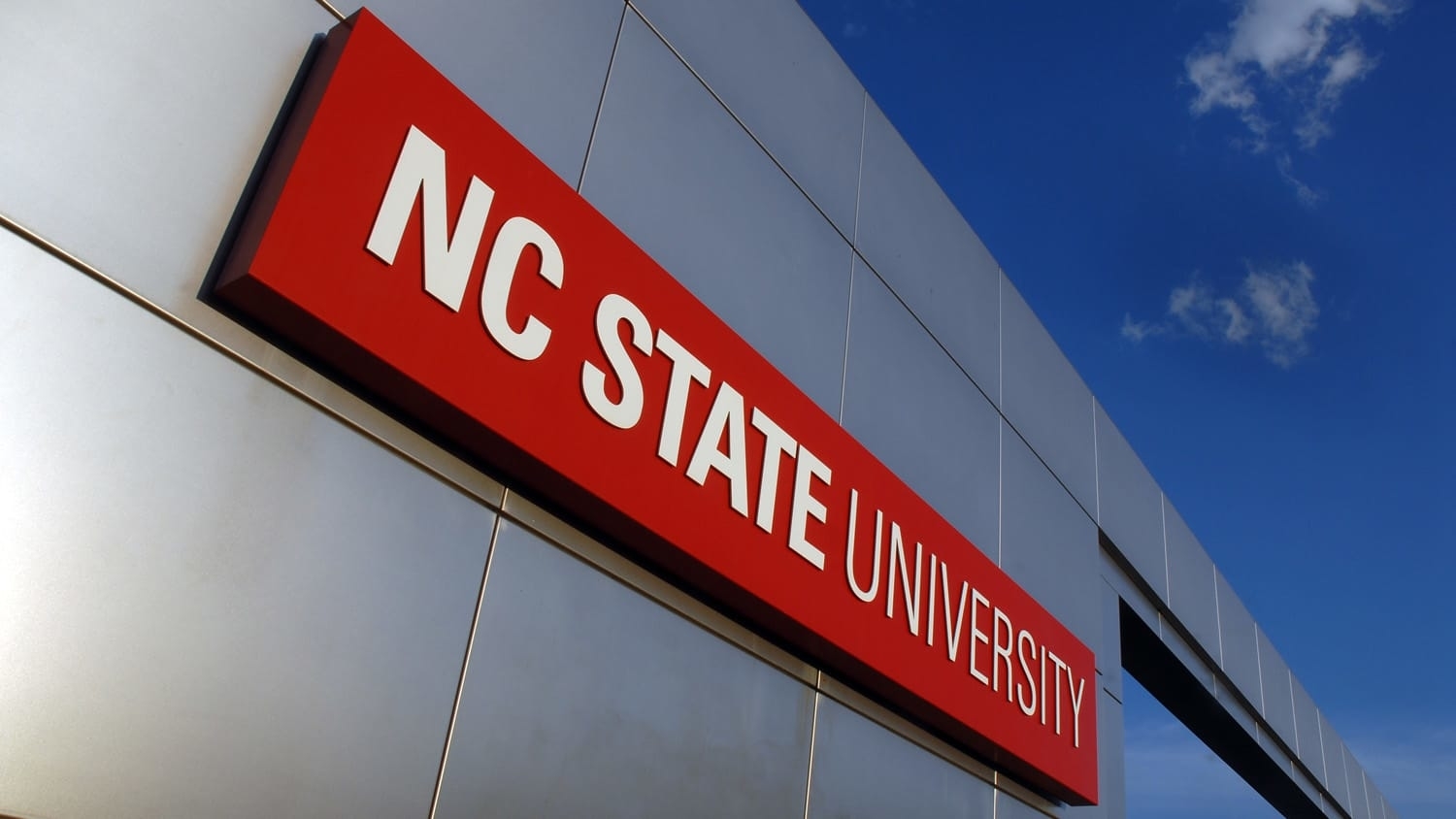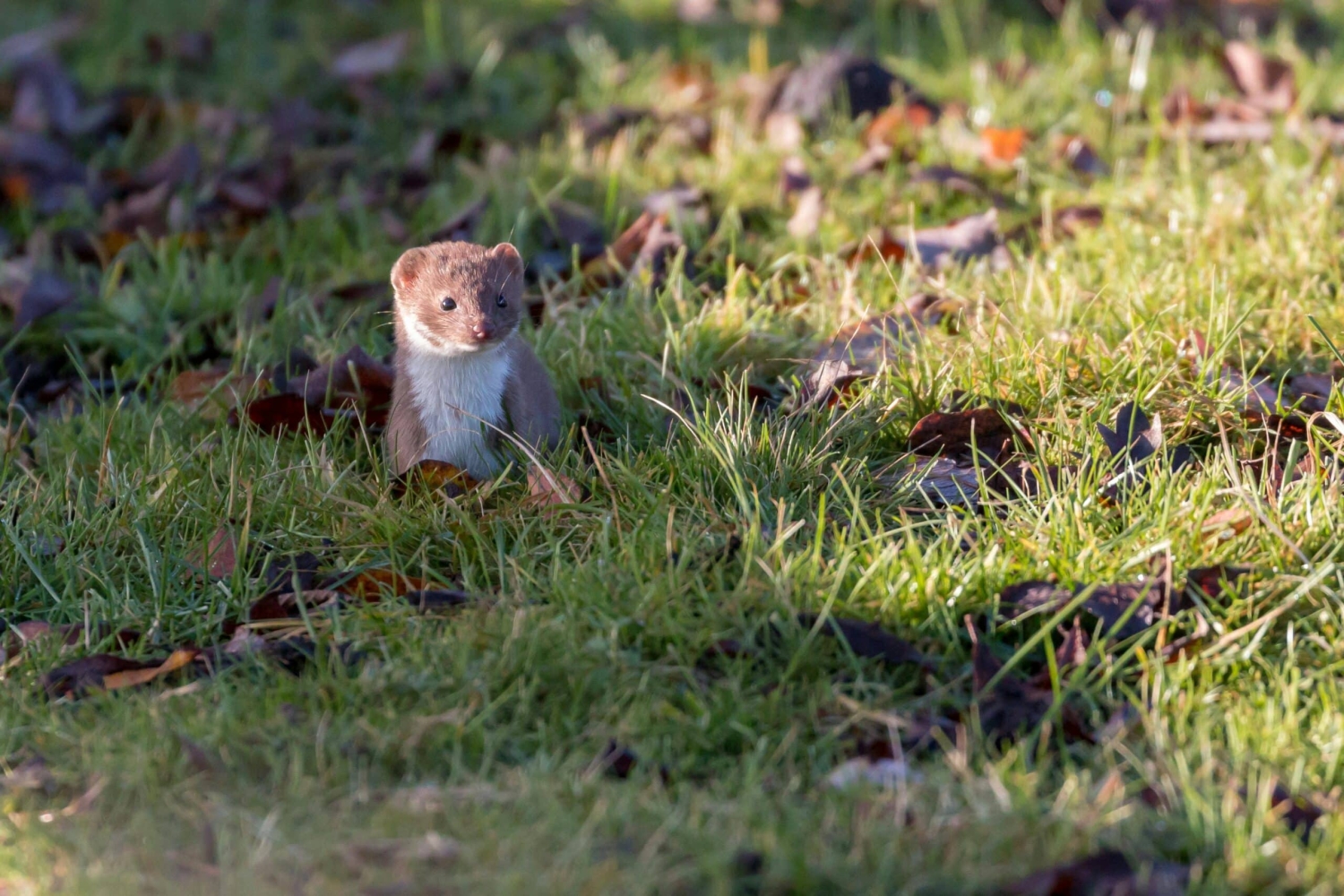Curly Leaves Burn Fast and Hot
For the first time, researchers have been able to separate the effect of leaf shape from leaf size to better understand fire behavior.
A collaborative effort between NC State University, the Institute of Environmental Studies of the State of Sao Paulo, and the University of Agrarian and Veterinary Sciences of Jaboticabal in Brazil found that leaf curliness, not just their size, contributes to fire intensity. This is because leaves that curl when they dry create air pockets in the leaf pile that fuel the flames.

Researchers used calipers and a 3D scanner as a new way to measure “leaf curliness” of each tree species. A novel geometric framework allowed them to separate the effects of leaf shape from leaf size to see how that influenced burning. Then, they burned leaves of each species in a specially constructed arena and measured the intensity of the fire. Leaf piles with fluffy, curly leaves had pockets of air that burned faster and hotter than piles with leaves that were shorter or less curly.
“If you throw a whole magazine onto a flame to start a fire, it’s probably going to kill the flame,” says Sam Flake, a 2019-20 Global Change Research Fellow and co-author of the study. “But, if you tear out each of the pages, crumple them and throw them in, you’re more likely to get a blaze going.”
But how do curly leaves in Brazil help climate adaptation in the Southeast?
Fire plays a crucial role in maintaining the health of many ecosystems in the Southeast. For example, longleaf pine savannas are biodiversity hotspots that house many threatened and endangered plants and animals, like venus flytraps and red cockaded woodpeckers. The savannas are characterized by open canopies over rich understories of plants, and fire maintains this balance between the canopies and grasses below. Longleaf pines are fire-resistant and depend on fire to clear out competing species of trees that would otherwise take over their landscape. Fire also helps to keep the undergrowth fresh, which the unique plants and animals of the region are well-adapted to.
However, savannas across the Southeast are being infiltrated by fire-intolerant tree species that have wetter, denser leaf litter. These new leaves prevent the frequent fire cycle of the savannas from occurring. With fewer fires, even more fire-intolerant plants are able to take hold in savannas, leading to a loss of fire-tolerant plants that need a lot of light in the understory.
“Current fuel models are pretty coarse and aren’t able to incorporate the different aspects of tree species in an area,” says Flake. “So, this is a step towards integrating species-specific information into fire modeling. Eventually, incorporating leaf shapes in these models could improve fire behavior predictions.”
The next step is to take these results from the laboratories in Brazil to the field in the Southeast. Natural systems have many other factors that influence fire intensity, but being able to detangle leaf shape from leaf size by measuring curliness provides a new dimension to understanding fire behavior.
The paper, “Linking leaf traits and litter flammability using a novel framework, tested with Brazilian Cerrado trees,” was published in Functional Ecology in March, 2025. The paper was co-authored by Patrick J. Elliot and William A. Hoffman from NC State University, Giselda Durigan from the Institute of Environmental Studies of the State of Sao Paulo, and Davi R. Rossatto from the University of Agrarian and Veterinary Sciences of Jaboticabal.
This post was originally published in SE CASC.


